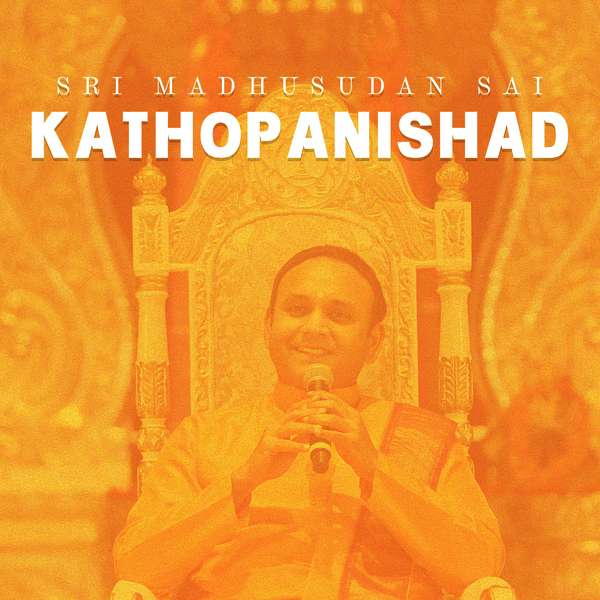
Kathopanishad
Kathopanishad is one of the 10 principal upanishads which present the essence and culmination of all knowledge found within India’s most ancient and sacred texts; the vedas. It is a dialogue between a little boy named Nachiketa and the Lord of Death, Yama, which covers the nature of life after death, the true meaning of sacrifice, and how one can transcend death.
It is believed that listening to the upanishads is the first step towards discovering our unique spiritual path to liberation. In 2020, Sadguru Sri Madhusudan Sai gave a series of talks over the course of a month, which methodically and thoroughly explained the significance of the Kathopanishad and its relevance to us in our lives. This podcast series is compiled from those talks.
Kathopanishad
44. Where Does Brahman Reside In One’s Body?
God is sometimes referred to as puruṣa. Why? puru means place and ṣa: means the one residing in. Since brahman is everywhere, It is referred to as puruṣa. However, although brahman is everywhere – in every place, It is also beyond any constraints of time. Yet, brahman is present, right now, within the centre of our hearts. In addition, brahman transcends any form of causation, because everything else is experienced only because of It’s light. The one who realises this seemingly contradictory truth does not have to worry or fear.
The narayana suktam beautifully describes how the puruṣa resides in the subtle koṣas of our bodies. In this episode, Sadguru clearly explains the deeper meaning behind this verse of the suktam, in relation to the teachings of the Kathopanishad.
If you'd like to get the links and shownotes for this episode, visit:
https://www.saiprakashana.org/KU-EP44
Podcasts we love
Check out these other fine podcasts recommended by us, not an algorithm.

Ishavasyopanishad
Sanathana Vani